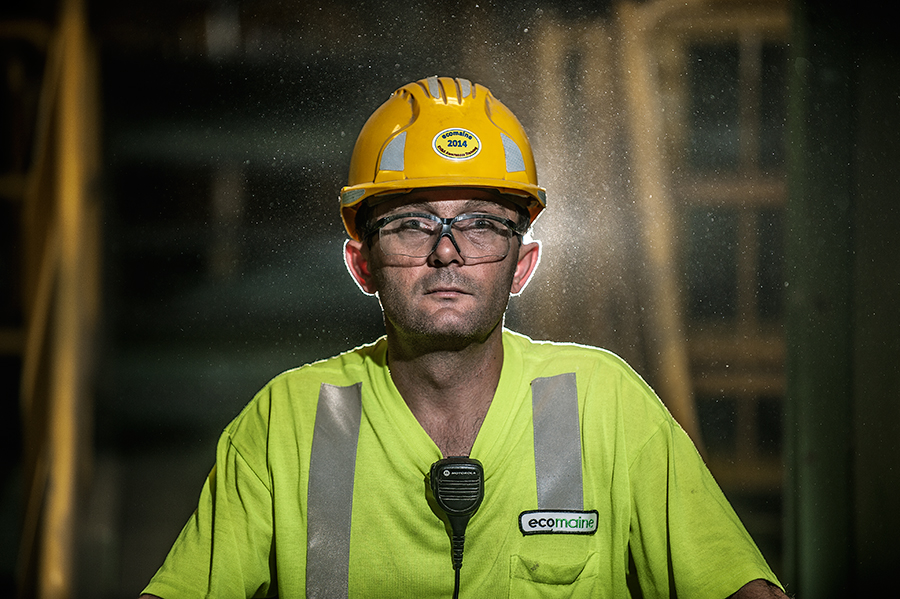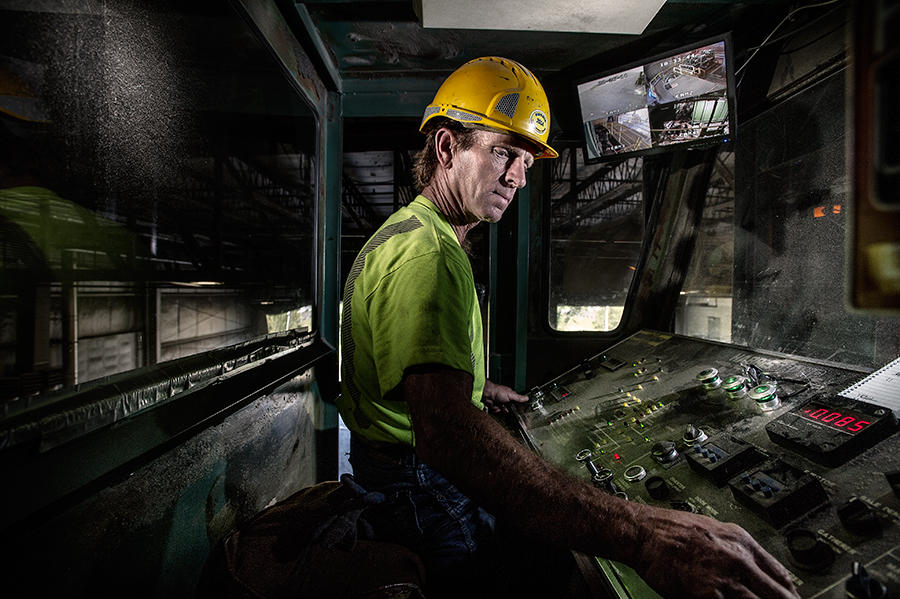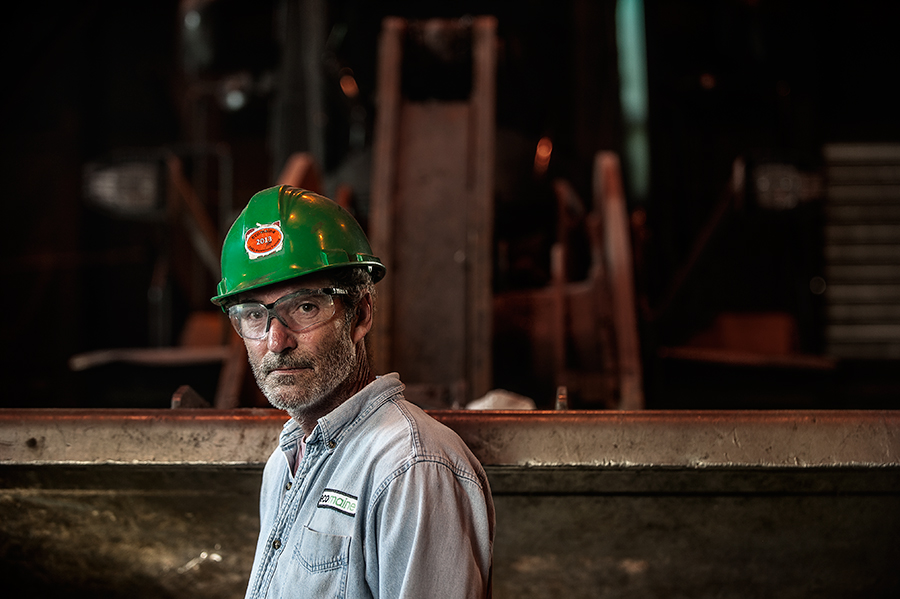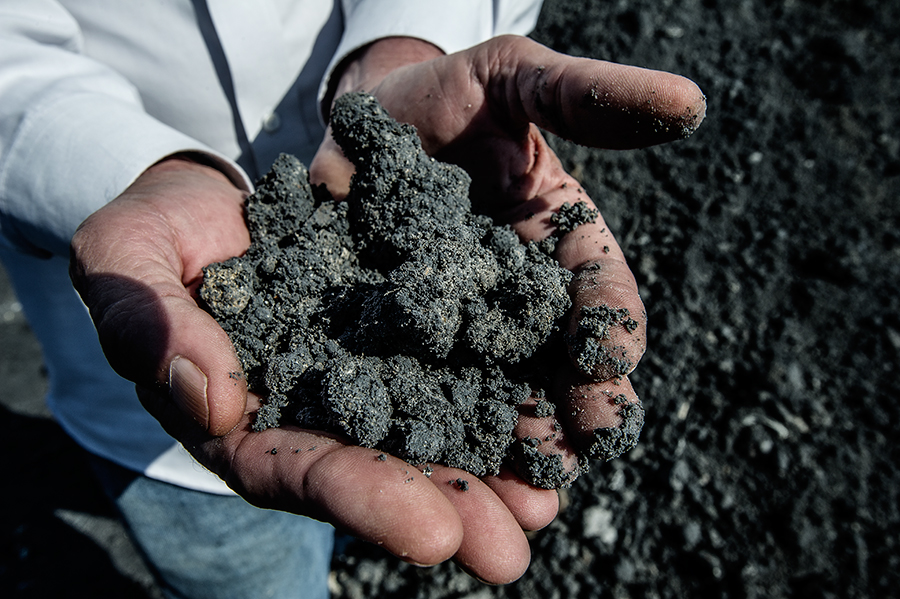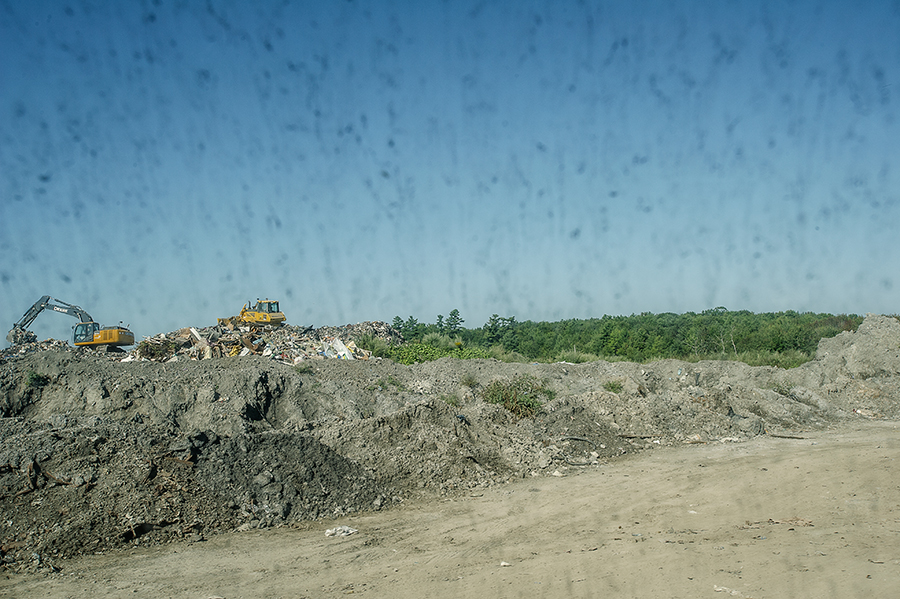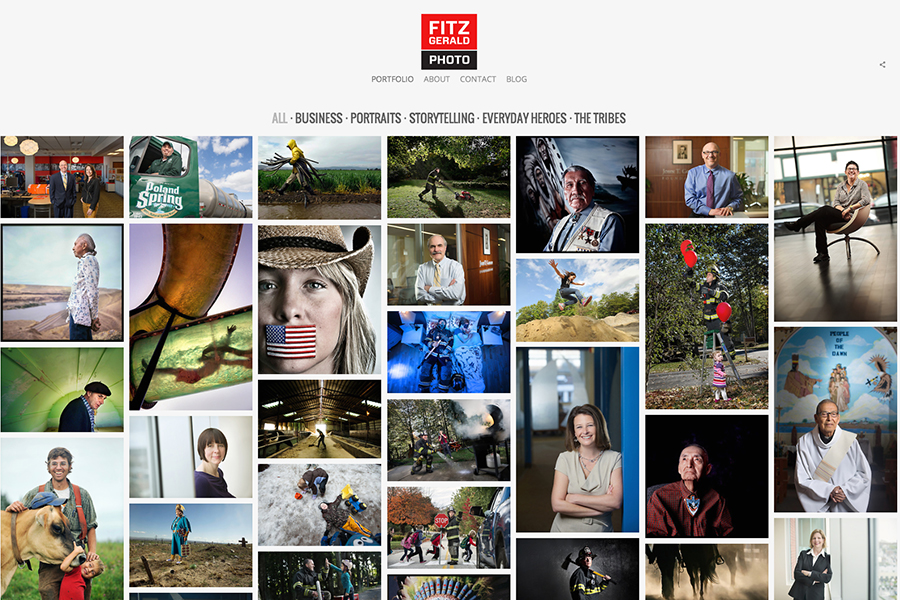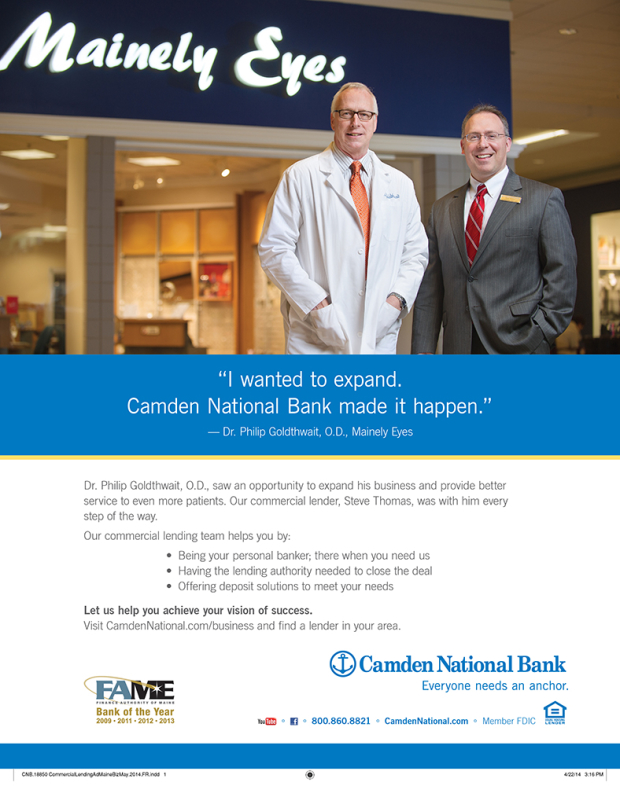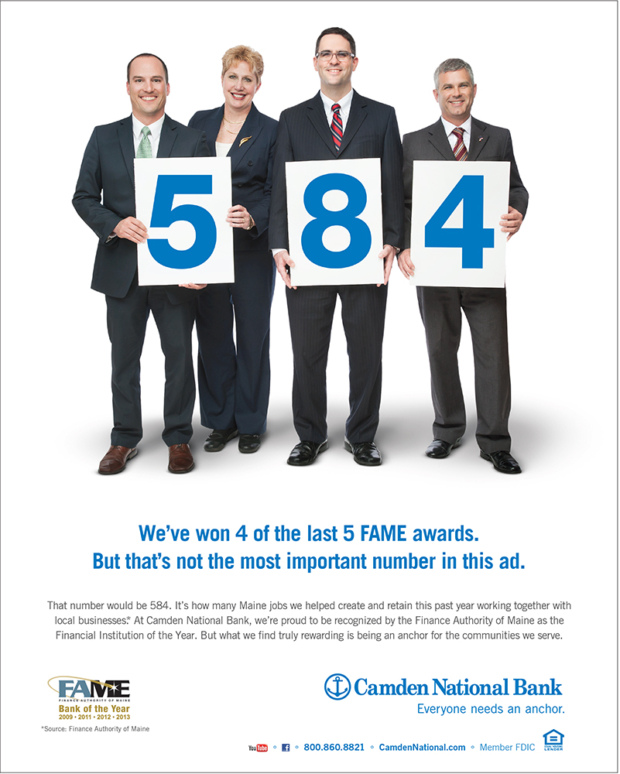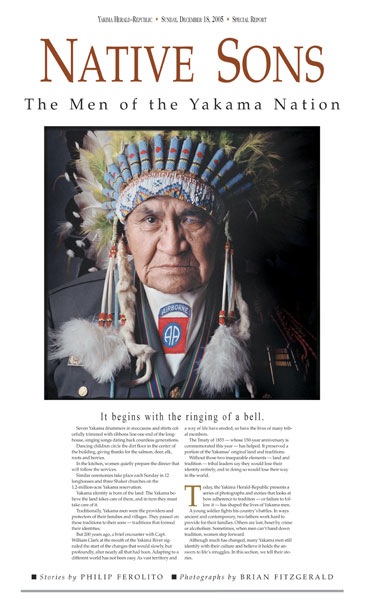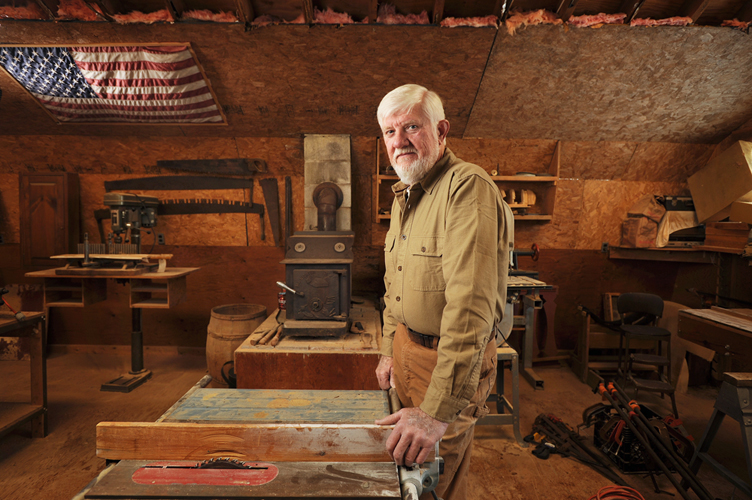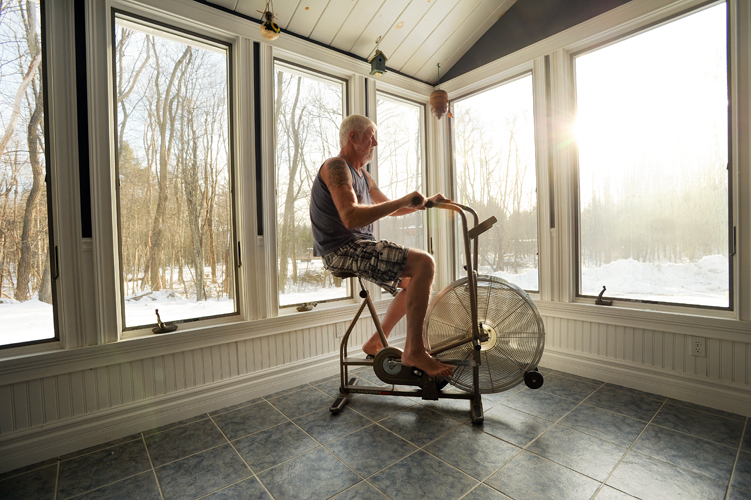It’s surprising to realize just how many amazing, world-class companies we have in Maine that fly under the radar. Maine Standards Company is one of those. Based in Southern Maine, Maine Standards develops and provides kits for the precise testing and calibration of medical diagnostic equipment. They’re doing cutting-edge stuff using some pretty cool tools. My job was to spend the day photographing their lab, testing kits and analyzers for use in trade show materials. It was a jam-packed day of setting up and breaking down gear, gelling lights and blocking light from reflecting everywhere in those shiny lab surfaces. I love, love this stuff! Check out some of our results.

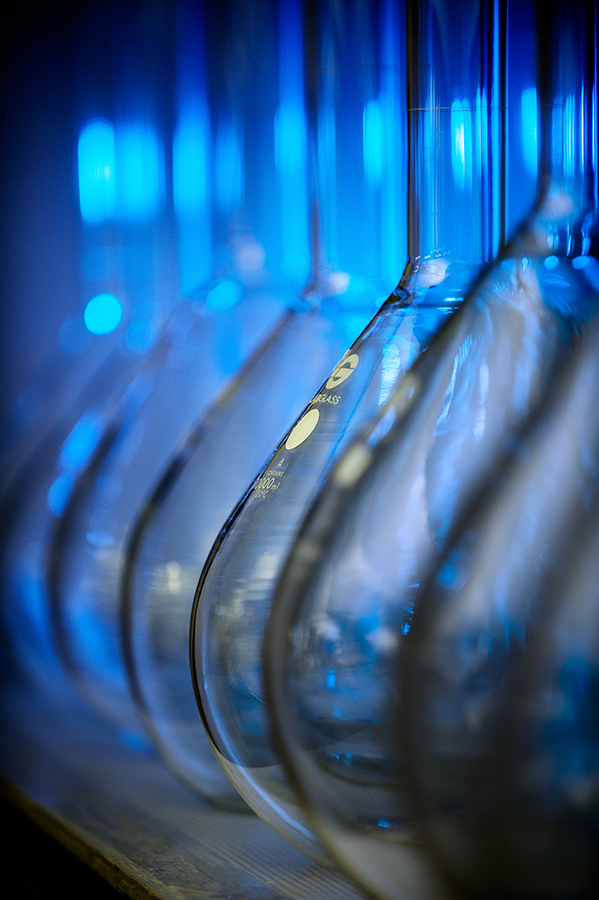
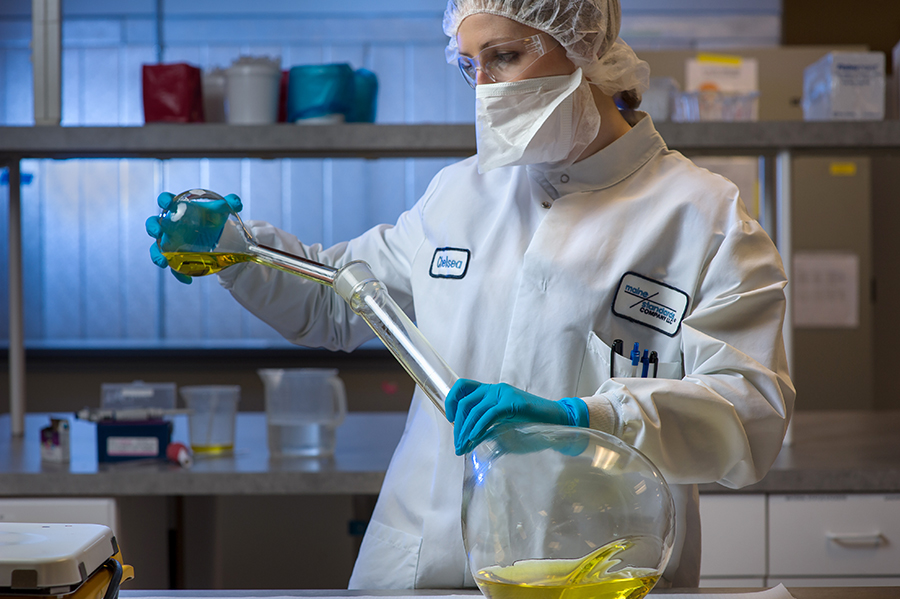

–30–

